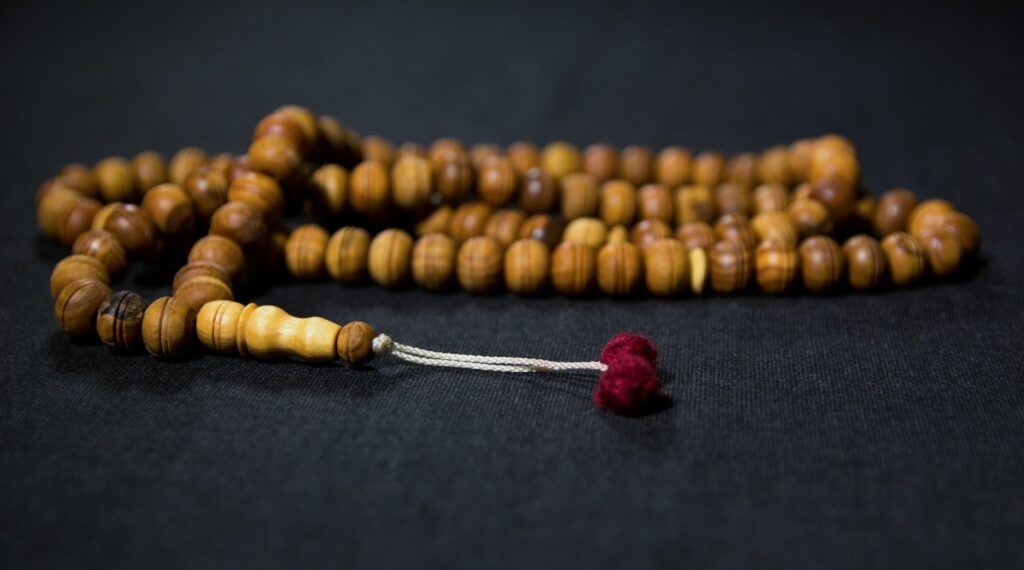Eid al-Adha, one of the most significant holidays in Islam, commemorates the willingness of Prophet Ibrahim (Abraham in the Bible) to sacrifice his son in obedience to God’s command. This story, central to both Islamic and Christian traditions, highlights profound themes of faith, obedience, and divine intervention. The ritual of sacrificing a ram during Eid al-Adha not only honors this act but also underscores the values of community and charity, drawing parallels between the two Abrahamic faiths.
In the Islamic tradition, Eid al-Adha celebrates Prophet Ibrahim’s (peace be upon him) readiness to sacrifice his son Ismail (Ishmael). As narrated in the Quran, Ibrahim, demonstrating ultimate devotion and trust in God, was prepared to fulfill this grave command. However, God, in His mercy, intervened and provided a ram to be sacrificed instead. This narrative is echoed in the Bible, where Abraham is tested by God’s command to sacrifice his son Isaac, and a ram is ultimately provided as a substitute (Genesis 22:1-19).
This shared story underscores a common heritage between Islam and Christianity, emphasizing the virtues of faith and obedience. The willingness of Ibrahim/Abraham to sacrifice his son is a testament to unwavering devotion, a virtue celebrated by both Muslims and Christians alike.

The act of sacrificing a ram during Eid al-Adha is deeply symbolic. For Muslims, it represents their obedience to God’s will and their readiness to make personal sacrifices in devotion to Him. This act is not merely a ritualistic practice but a profound expression of faith, echoing the willingness of Ibrahim to submit to God’s command without hesitation. Similarly, the story of Abraham in the Bible is a powerful illustration of trust in God’s plan, even when it defies human understanding.
Eid al-Adha also embodies the principles of community and charity. The meat from the sacrificed animal is traditionally divided into three parts: one part for the family, one part for relatives and friends, and one part for those in need. This practice emphasizes generosity, solidarity, and care for the less fortunate, aligning with the Christian tenet of loving one’s neighbor and sharing blessings with others.
In the Bible, the act of sacrifice often includes elements of community sharing and charity. For instance, the sacrifices made during religious festivals in ancient Israel were communal events that brought people together and provided for those in need (Deuteronomy 16:11-14). This parallel illustrates how both faiths use acts of sacrifice to reinforce social bonds and promote compassion.
The commemoration of Eid al-Adha and the biblical story of Abraham’s test highlights the shared values of obedience, faith, and charity in Islam and Christianity. These narratives remind the faithful of the importance of trusting in God’s wisdom and demonstrating that trust through acts of sacrifice and generosity.

By reflecting on these shared stories, followers of both religions can find common ground in their devotion to God and their commitment to helping others. The sacrificial ram during Eid al-Adha is more than a religious symbol; it is a testament to the enduring values that unite the Abrahamic faiths, promoting a message of unity, compassion, and mutual respect.
In summary, the ritual of sacrificing a ram during Eid al-Adha is a deeply symbolic act that honors Prophet Ibrahim’s obedience, reinforces the importance of charity, and highlights the shared heritage between Islam and Christianity. This tradition serves as a powerful reminder of the common values that bind these two great faiths, encouraging a spirit of solidarity and mutual understanding.
Source
- https://www.bbc.com/news/articles/crggpjrw9nzo#:~:text=%E2%80%9CIslam%20traces%20the%20origin%20of,has%20become%20a%20religious%20practice.%E2%80%9D
- https://www.washingtonpost.com/world/2024/06/16/asia-indonesia-eid-al-adha-celebration-sacrifice/f4482daa-2c55-11ef-bcdf-31cdebd3022f_story.html#:~:text=Eid%20al%2DAdha%20commemorates%20the,a%20ram%20as%20an%20offering




